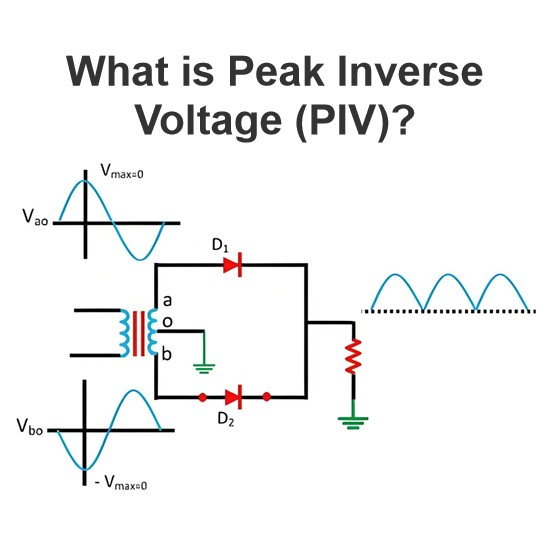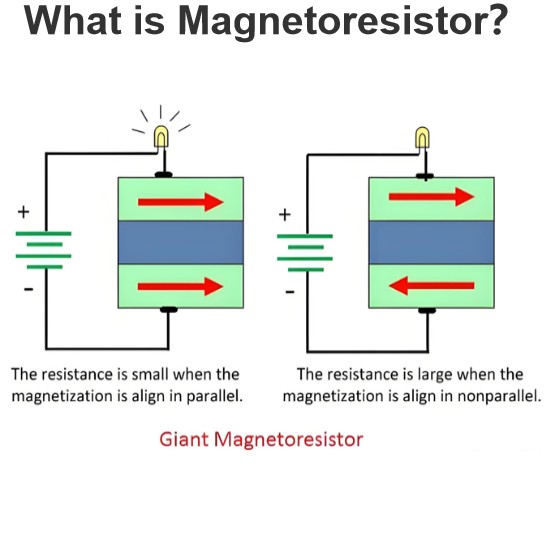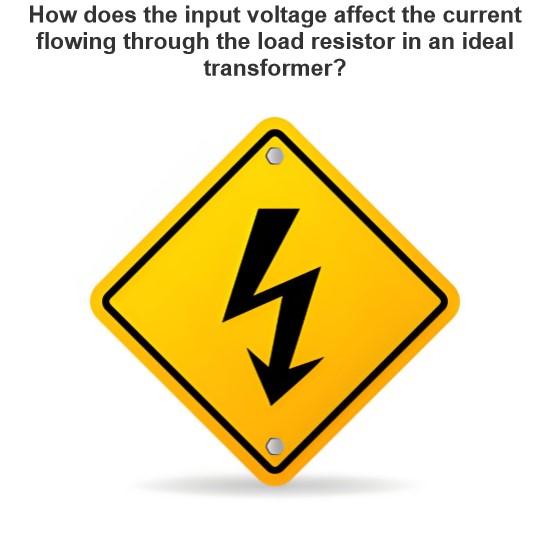Home solar panels in series and parallel
Series connection
The main purpose of connecting solar panels in series is to increase the total output voltage. When multiple panels are connected in series, the total voltage is equal to the sum of the voltages of each panel.
Connection step
Determine the positive and negative electrodes of the panel: Each solar panel has a clear positive electrode (usually marked with a "+" sign) and a negative electrode (usually marked with a "-" sign).
Connect the positive electrode of the first panel to the negative electrode of the second panel: Using a suitable wire (usually a special solar cable), connect the positive electrode of the first panel to the negative electrode of the second panel.
Connect the other panels in turn: in the same way, connect the positive electrode of the third panel to the negative electrode of the second panel, and so on, connecting all the panels that need to be connected in series.
Finally, the negative electrode of the first panel and the positive electrode of the last panel after the series are used as the output end of the entire series system, which can be connected to devices such as solar controllers or inverters.
For example, suppose each solar panel has a rated voltage of 12 volts, and after three panels are connected in series, the total output voltage is 12×3 = 36 volts.
Parallel connection
The main purpose of connecting solar panels in parallel is to increase the total output current. When multiple panels are connected in parallel, the total current is equal to the sum of the individual panel currents, and the total voltage is the same as the voltage of the individual panels.
Connection step
Determine the positive and negative electrodes of the panel: Again, first determine the positive and negative electrodes of each solar panel.
Connect the positive terminals of all panels: Use wires to connect the positive terminals of all panels together.
Connect the negative terminals of all the panels: Then connect the negative terminals of all the panels together.
Connect the output terminal: the parallel positive and negative terminals are used as output terminals to connect to devices such as solar controllers or inverters.
For example, suppose that each solar panel has a rated current of 5 amps, and after three panels are connected in parallel, the total output current is 5×3 = 15 amps.
Matters needing attention
Panel parameter matching
Before making a series or parallel connection, ensure that all solar panels have the same specifications and performance parameters, including rated voltage, rated current, power, etc. If the panels with different parameters are mixed and connected, it may lead to system imbalance, reduced efficiency and even damage to the panels.
Connection wire selection
It is important to use the right wire. The wire should have sufficient cross-sectional area to withstand the required current, and should have good insulation and weather resistance. For higher power solar systems, thicker cables may be needed to reduce line losses.
For example, for a solar system with a total output current of 15 amps, it may be necessary to use a solar dedicated cable of at least 4 square millimeters.
Installation and protection
Ensure that the installation of solar panels is strong and reliable, and can withstand all weather conditions. At the same time, the connection part should be well protected to prevent water, dust and other impurities from entering, so as not to affect the reliability and safety of the connection.
Materials such as waterproof connectors and insulation tapes can be used to seal and protect the connection parts.
Using a solar controller
In order to ensure the safe and stable operation of the solar energy system, it is recommended to use a solar energy controller. The solar controller can adjust the charging current and voltage, prevent the battery from overcharging and overdischarging, and extend the battery life.
Select the appropriate solar controller according to the power and battery capacity of the solar system.
The Electricity Encyclopedia is dedicated to accelerating the dissemination and application of electricity knowledge and adding impetus to the development and innovation of the electricity industry.













